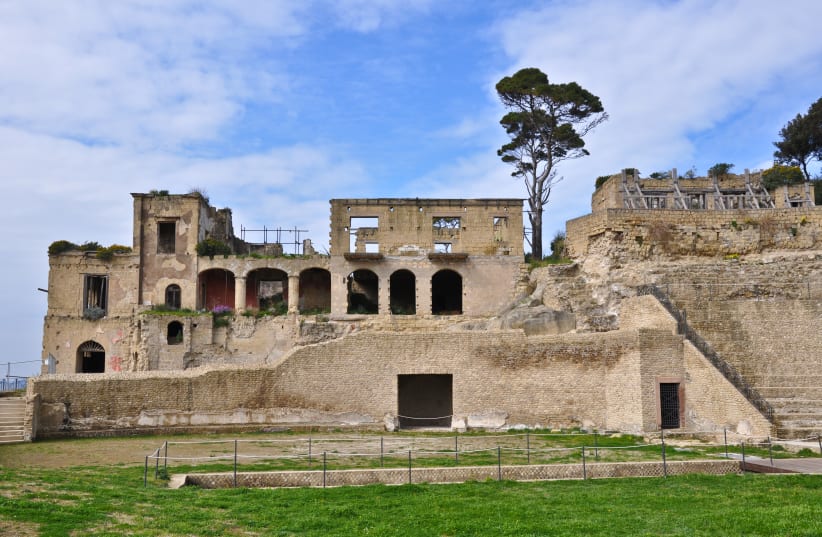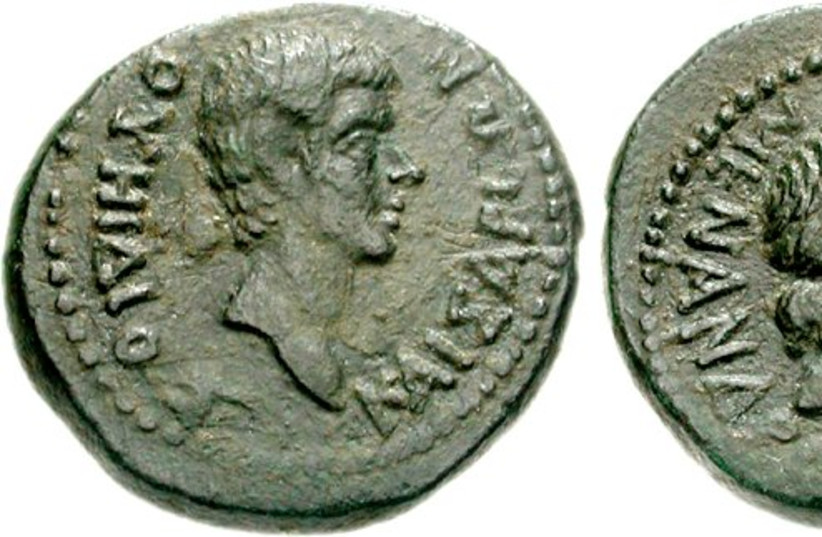Researchers from the University of Naples discovered an ancient mosaic while working at the Pausilypon archaeological park in Italy, according to Heritage Daily.
The park is located in the coastal area of Campania, where wealthy Romans once built extravagant villas, such as the Villa of Vedius Pollio.
When was the villa constructed?
The villa was built by Publius Vedius Pollio in the first century BCE.
According to Roman poet Ovid, it was "like a city."
Vedius was known for his cruelty to his slaves; he even allegedly fed them to lampreys when they angered him. In one account, the Roman Emperor Augustus was eating at Vedius' home when a cupbearer broke a glass. Vedius was about to have the slave fed to the lampreys, but Augustus intervened, ordering all of Vedius’ glasses destroyed and the pool in which the lampreys lived filled in.
“A stratigraphic dating is still missing, but based on the style, the hall could date back to the late Republican age or Augustan at the latest.”
Marco Giglio, University of Naples
When Vedius died, he bequeathed his estate to Augustus under the condition that he erect a monument there, and then it was passed down to every emperor until Hadrian died in 138 CE.
Augustus had at least part of the house demolished, erecting a monument to his wife Livia Drusilla in its place, which Ovid viewed as a statement against immoral luxury.
The archaeologists from the University of Naples, including Marco Giglio, found a mosaic floor located in a large hall, intentionally buried beneath renovations made by Augustus.
“A stratigraphic dating is still missing, but based on the style, the hall could date back to the late Republican age or Augustan at the latest,” said Giglio.

